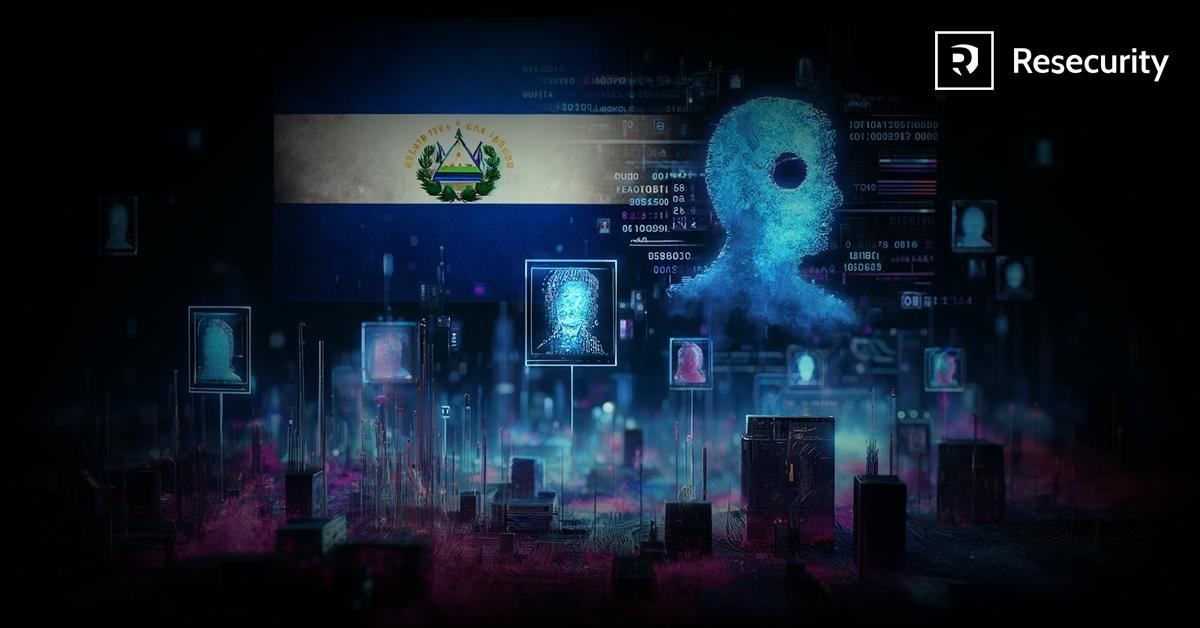
Over
the
past
few
years,
there
has
been
a
growing
interest
and
heated
discussions
surrounding
the
topic
of
implanting
chips
in
human
bodies
for
a
wide
variety
of
reasons
ranging
from
medical
necessity
to
personal
convenience.
And
in
just
the
past
few
months,
Elon
Musk’s
brain
chip
firm,
Neuralink,
received
approval
from
the
U.S.
Food
and
Drug
Administration
to
conduct
its
first
tests
on
humans.
Closer
to
home
for
many
government
employees,
Danielle
Cox,
the
chief
information
security
officer
for
West
Virginia,
was
showing
off
her
colorful
fingernail
chip
embeds
to
peers
at
the
recent
NASCIO
Midyear
conference
in
Maryland.
I
was
fascinated
by
a
conversation
we
had
on
the
topic.
I
have
known
Danielle
for
several
years,
and
she
does
great
cybersecurity
work
for
her
state.
She
has
delivered
excellent
presentations
around
the
country
on
various
cyber
topics,
and
she
gave
this
notable
online
keynote
presentation
in
late
2020
on
the
state
of
cybersecurity
in
West
Virginia:
I
asked
Danielle
if
she
would
be
willing
to
participate
in
an
interview
on
this
chip
embed
topic
for
my
blog,
and
she
agreed.
So
here
we
go:

Danielle
Cox
Dan
Lohrmann
(DL):
Tell
us
about
your
role
as
CISO
in
West
Virginia.
Danielle
Cox
(DC):
The
cybersecurity
office
in
West
Virginia
covers
a
wide
range
of
areas:
incident
response,
cyber
operations,
threat
hunting,
risk
management,
vulnerability
assessments,
etc.
It’s
a
lot
of
work
that
needs
to
be
prioritized.
So
my
main
job
as
CISO
is
to
help
remove
obstacles
for
the
technical
experts;
help
local
entities
recover
from
ransomware;
help
protect
citizen
data;
and
help
grow
the
team
capabilities
and
cyber
protections
in
place.
I’m
rarely
in
a
position
to
put
hands
on
a
keyboard
for
threat
hunting
or
playing
around
in
all
the
new
technologies.
My
amazing
team
does
that.
Which
is
probably
why
putting
RFID/NFC
chips
in
my
nails
amused
me
so
much.
I
rarely
get
to
play!
DL:
Why
did
you
start
to
experiment
with
chip
embeds?
DC:
Originally,
I
didn’t
even
start
thinking
about
embedding
chips
in
my
acrylic
nails.
I
had
friends
that
had
gotten
RFID
chips
inserted
into
their
actual
hand
at
Black
Hat
[the
security
conference].
That
seemed
fun,
but
way
too
permanent
for
me.
It
wasn’t
until
I
started
planning
for
interns
this
summer
that
I
went
down
this
path.
DL:
When
did
you
start,
and
how?
DC:
I
think
West
Virginia
has
some
struggles
when
it
comes
to
hiring
and
retaining
qualified
cyber
professionals
in
government
positions.
One
of
the
ways
we
can
combat
that
is
with
the
Governor’s
Internship
Program.
I
was
going
through
some
of
the
projects
we
needed
to
have
our
incoming
interns
complete,
and
was
trying
to
brainstorm
some
“fun”
projects
for
the
students
to
participate
in
as
well.
We
have
some
security
tools
we
wanted
to
let
them
experiment
with
for
some
wireless
and
access
audits.
But
I
needed
some
different
tags
that
they
could
test
scenarios
on
…
and
not
risk
breaking
anything
import.
So,
down
a
shopping
rabbit
hole
I
went.
Found
what
I
needed
for
the
interns,
then
when
I
got
home,
I
ended
up
buying
myself
some
of
the
smallest
NFC/RFID
tag
stickers
I
could
find.
DL:
What
are
the
advantages
and
how
do
you
use
the
chip
implants?
DC:
First,
it’s
not
permanent
and
it’s
waterproof.
Second,
I
can’t
misplace
it!
Third,
the
tag/chip
is
embedded
into
the
acrylic
that
lays
over
my
nails.
Mimi,
my
brilliant
nail
tech
and
co-owner
of
Rainbow
Nails,
tested
the
chip’s
functionality
at
each
step
in
the
process.
We
weren’t
sure
if
the
acrylic
application
or
gel
drying
processes
would
melt
the
components.
Temperatures
can
get
over
100
degrees
Fahrenheit.
We
used
NFC
chips
with
lights
as
our
gauge
to
see
if
they
were
still
working.
I’d
run
them
over
my
phone’s
NFC
scanner
during
each
phase
so
we
could
visually
ensure
everything
was
OK.
DL:
How
many
chips
do
you
have
implanted
now?
DC:
I
get
my
nails
done
about
every
four
weeks,
so
it
changes
depending
on
what
I’m
doing.
If
I
know
I’m
going
to
have
a
hotel
stay
or
be
on
the
road,
I’ll
make
sure
I
have
a
few
nails
available
to
be
programmed.
One
or
two
is
more
than
sufficient
for
simple
access
to
hotels
or
work,
gas
payments,
etc.
DL:
What
can
they
do
or
not
do?
DC:
Depending
on
the
access
system
in
use
and
the
type
of
chips
embedded,
they
can
be
used
in
place
of
access
cards.
I’m
very
excited
to
duplicate
my
hotel
card
onto
a
nail
during
my
next
vacation.
I
won’t
have
to
keep
track
of
a
card
or
phone
while
swimming
at
the
pool.
Men
have
pockets
in
all
their
clothes.
Women
unfortunately
do
not.
DL:
Do
you
have
any
security
or
privacy
concerns
with
chip
implants?
DC:
Not
really,
but
duplicating
cards
in
some
situations
may
be
against
policy.
After
my
recent
trip
to
the
NASCIO
conference,
I
think
a
couple
people
were
planning
on
making
a
policy
about
it
after
seeing
the
nails
in
person.
The
control
over
access
still
resides
with
the
system
owner,
not
the
access
card
owner.
When
the
nails
are
removed
or
replaced,
the
chip
is
completely
destroyed
in
the
filing
process.
They’re
fused
to
my
nail,
so
there’s
no
misplacing
anything.
If
I
somehow
did
lose
a
nail,
I’m
not
sure
someone’s
first
reaction
would
be
to
pick
up
a
torn-off
fingernail
and
start
scanning
doors.
DL:
How
could
this
practice
be
improved?
DC:
Preplanning.
You
need
to
have
an
idea
of
what
you’re
wanting
to
duplicate
and
ensure
the
tag/chip
is
compatible.
DL:
What’s
next
for
you
regarding
chip
implants?
DC:
I’ll
continue
to
use
them,
especially
while
traveling.
I
suspect
this
specific
use
case
is
really
only
practical
for
those
of
us
that
get
our
nails
done
regularly
—
very
niche.
DL:
Anything
else
you
want
to
add?
DC:
I
know
that
post-pandemic,
a
lot
of
people
in
IT
are
dealing
with
burnout.
Embrace
the
silly
project
ideas
you
have.
DL:
Thank
you,
Danielle,
for
your
willingness
to
answer
my
chip
implant
questions.
Also,
thanks
for
your
leadership
in
cybersecurity
for
the
state
of
West
Virginia
and
our
nation.
FINAL
THOUGHTS
This
blog
has
covered
the
topic
of
chip
implants
on
multiple
occasions
going
back
to
2017.
Here
are
a
few
other
related
blogs
you
may
be
interested
in
reading
to
learn
more:








